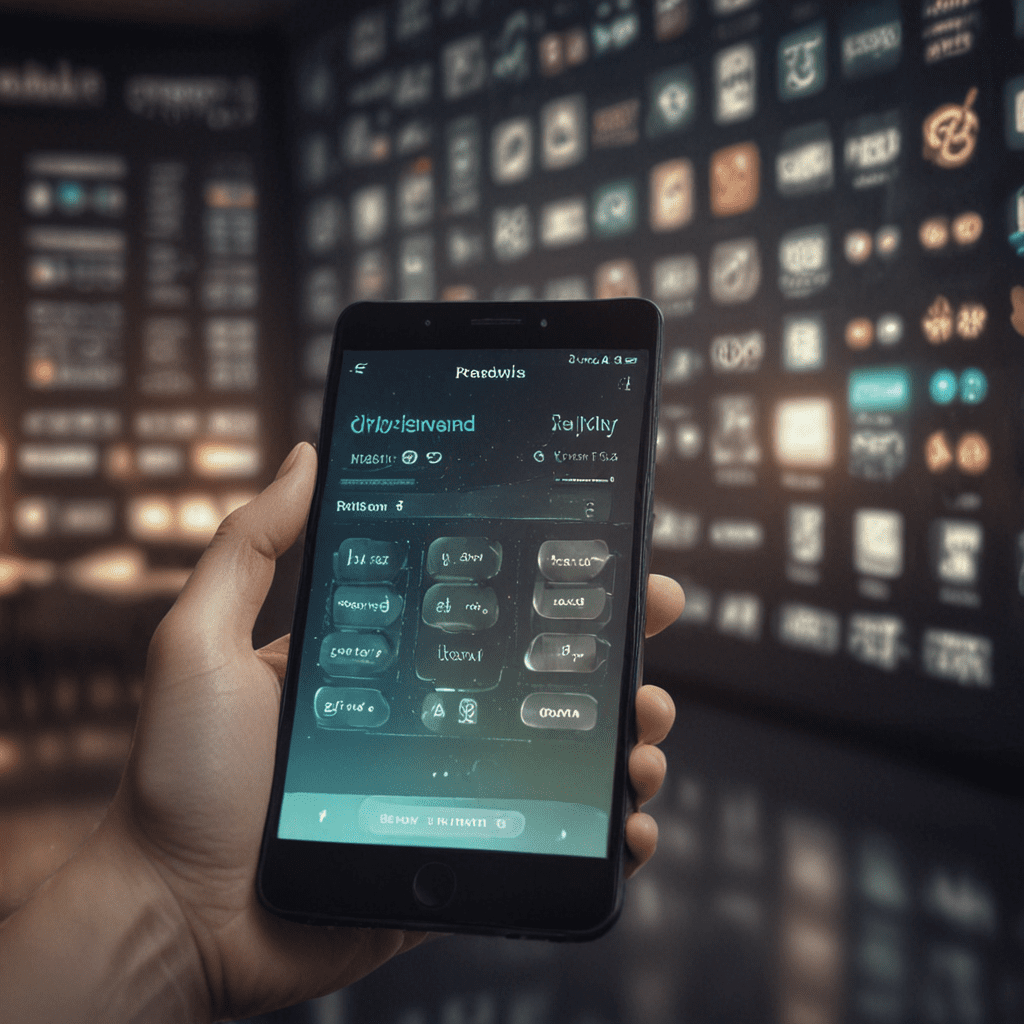
1. Introduction
Augmented reality (AR) and virtual reality (VR) are transforming the mobile app landscape, offering captivating experiences that bridge the gap between the digital and physical worlds. By incorporating AR and VR into mobile apps, developers unlock a myriad of possibilities, revolutionizing industries and enhancing user engagement like never before.
2. What are AR and VR?
AR superimposes digital information onto the real world, enabling users to view 3D objects and interact with them in their physical environment. VR, on the other hand, creates fully immersive digital worlds, transporting users into virtual realms. Both technologies leverage advanced hardware and software to deliver compelling user experiences.
3. Benefits of AR and VR in Mobile Apps
Integrating AR and VR into mobile apps offers numerous benefits:
- Enhanced User Engagement: AR and VR immerse users in interactive experiences, captivating their attention for extended periods.
- Real-World Context: AR overlays digital content in the user's immediate environment, providing context and enhancing understanding.
- Virtual Training: VR simulates real-world scenarios, enabling users to train in a safe and controlled virtual environment.
- Improved Customer Service: AR and VR enable businesses to provide virtual assistance, product demonstrations, and troubleshooting in real-time.
- Increased Conversion Rates: Immersive AR and VR experiences can influence consumer decisions, leading to higher conversion rates.
6. Best Practices for Developing AR and VR Mobile Apps
- Focus on User Experience: Prioritize ease of use, intuitive navigation, and seamless transitions between real and virtual environments.
- Optimize Performance: Ensure smooth performance to prevent nausea or discomfort for users.
- Consider Battery Consumption: AR and VR apps typically consume more power than traditional apps, so optimize code for efficient battery usage.
- Test Thoroughly: Conduct rigorous testing in real-world scenarios to identify potential issues and ensure a stable experience.
- Partner with Experts: Collaboration with designers, engineers, and hardware specialists can enhance the app's quality and performance.
7. Future Trends in AR and VR for Mobile Apps
- Edge Computing: With the advent of 5G and edge computing, AR and VR apps will become more portable and less reliant on cloud processing.
- Haptic Feedback: Haptic feedback devices will enhance VR experiences by providing tactile sensations, making interactions more immersive.
- Eye Tracking: Eye tracking technology will allow for more precise control of VR environments, reducing motion sickness and improving user comfort.
- Social VR: Social VR platforms will facilitate virtual gatherings and collaboration, connecting users across physical distances.
- AR Shopping: AR will enable virtual try-ons, interactive product demonstrations, and personalized shopping experiences.
8. Conclusion
AR and VR are poised to revolutionize mobile apps, offering unparalleled opportunities for user engagement, information sharing, and entertainment. By embracing these technologies, developers can create immersive experiences that blur the lines between the physical and digital worlds. As AR and VR continue to evolve, we can expect even more transformative and innovative applications in the years to come.
FAQ
- What are the differences between AR and VR? AR superimposes digital content onto the real world, while VR creates fully immersive digital environments.
- What are the benefits of using AR and VR in mobile apps? Enhanced user engagement, real-world context, virtual training, improved customer service, and increased conversion rates.
- What are some challenges of implementing AR and VR in mobile apps? Hardware limitations, performance optimization, and battery consumption.
- What are some future trends in AR and VR for mobile apps? Edge computing, haptic feedback, eye tracking, social VR, and AR shopping.
- How can I develop an AR or VR mobile app? Collaborate with experienced developers, focus on user experience, optimize performance, test thoroughly, and consider future trends.


